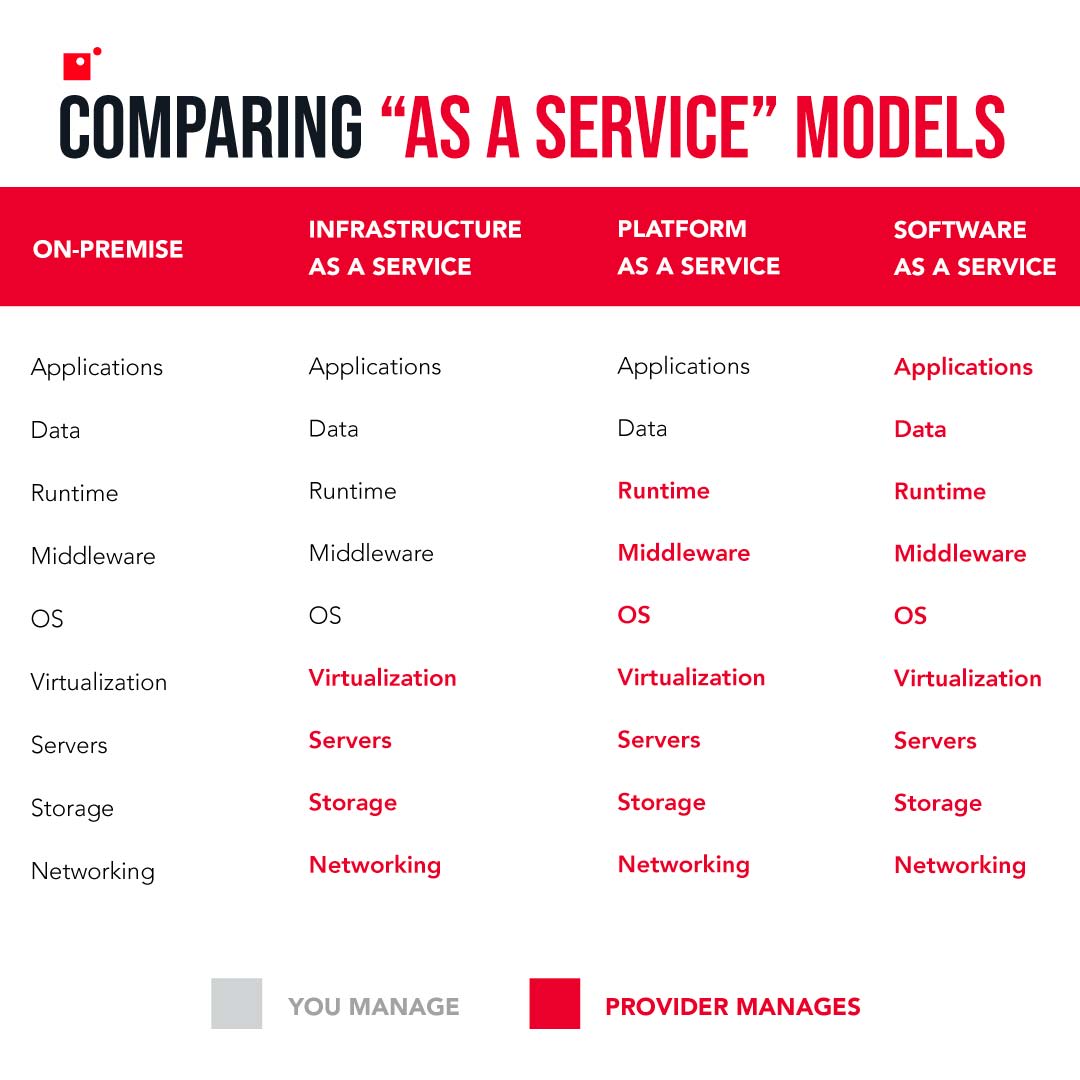How are the digital innovation trends of today affecting the outlook of tomorrow for businesses? So far, the 2020s have been a time of adaptation and change.
Impossible-to-predict circumstances are constantly forcing businesses to find solutions to new problems, as demonstrated by the strain placed on supply chains since the beginning of the pandemic.
The digital innovation trends of 2022 will see an acceleration of the many familiar themes of the past few years, along with some new emerging technologies to watch out for that will improve the way people do business.
Read on to learn what you can expect in 2022 in the world of digital innovation.
What Happened with Digital Innovation in 2021?
2021 was another year of uncertainty and innovation as companies continued to handle changing pandemic-related circumstances.
Digital innovation trends throughout the year echoed this, as businesses continued to push technology initiatives throughout in order to address various shortcomings in their digital infrastructure.
87% of organizations have low analytics and business intelligence maturity, meaning data isn’t being utilized.
These included moving to the cloud, utilizing subscription-based software that requires a more palatable financial investment for SMBs, and enabling citizen developers with low- and no-code software.
The main difference between 2020 and 2021 was the acceleration of these trends to match a constantly changing situation that was prompted in many ways by the pandemic, but in reality has been a long-running issue regarding a widespread lack of digitization that needs to be addressed urgently.
As organizations understand that their underlying operational infrastructure requires digitization in order to more effectively compete in their markets—predominantly in areas like data analysis, data flexibility, and tech scalability—there has been a greater emphasis from companies of all sizes in reassessing whether their current technology posture is adequate for their business goals.
Many of these trends are expected to continue in 2022 and beyond, becoming more mainstream and more integrated into businesses of all industries.
The biggest drivers of IT services spending are managed services, data/platform integration, cloud orchestration, and business process automation.
Digital Innovation Trends in 2022 and Beyond
Here is a rundown of the digital innovation trends our experts at Impact predict will be the biggest and most significant for businesses in 2022.
1. Everything Will Become More Cloud-Based
The trend of moving increasing amounts of information, data, and processes into the cloud will continue in 2022.
This is already prominent in the workplace with 94% of enterprises already using a cloud service in some fashion.
In 2022, businesses will use even more cloud-based data storage, communication, file sharing, collaboration, and other tools to help connect disparate teams.
The momentum of this trend will rely heavily on the future of “work from home” and the status of the pandemic throughout the year.
Some businesses will need to focus more on the cloud if they choose to remain remote-focused, others will come back into the office. Remote work requires a certain level of cloud usage to communicate, share files, store information, and make everything more accessible for all employees.
2. Cybersecurity Becomes a Bigger Focus
As with the cloud, cybersecurity is an area of digital innovation that has seen tremendous growth over the past few years.
With exponentially more information being stored via the cloud and people accessing a business’ network remotely, it’s become incredibly important for organizations to protect themselves and their workers from cyberthreats.
In 2021, 71% of organizations said their security budget had increased, and 76% of businesses say the number of attacks they face has increased. Hackers are attacking more often and in ways that are constantly changing. Keeping up with them is a full-time job.
However, it continues to be worth the effort as a breach can cost businesses an average of $170,000 to recover from.
